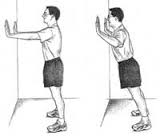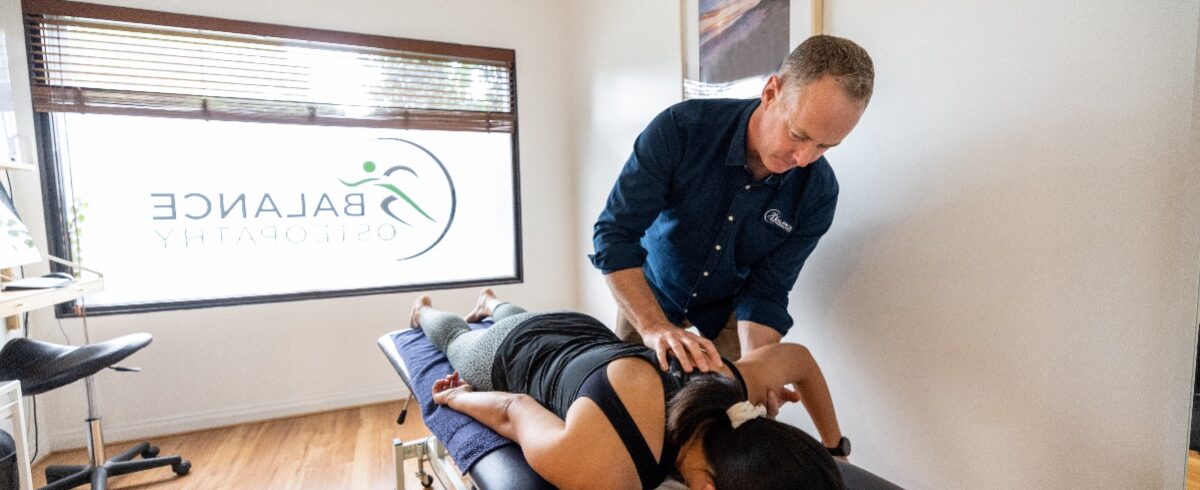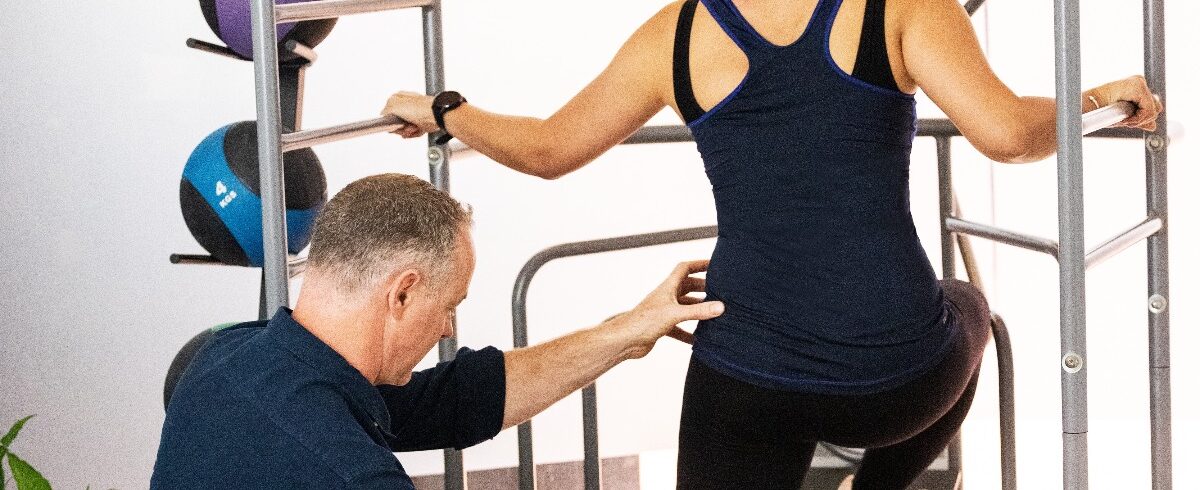
Deep Squats

Wall Push Ups
Previously we discussed SAID principle. Specific Adaptation to Imposed Demand. In other words if a task is overly easy-for you as an individual with particular strength and mobility characteristics- then it generally will not stimulate any adaptation or improvement in your ability to complete that activity (e.g. running, walking). If however, you push just slightly past your normal threshold of what you consider easy (e.g. walking an extra kilometre or trying for the same distance but more quickly) this will stimulate every system in your body (e.g. cardiovascular, muscle strength, neural connections etc) to adapt in a positive way that enables your body to cope with more.
However, how do we decide whether to walk an extra kilometre or only an extra 200 metres to achieve adaptation? Can we overdo it? -yes and this can result in excessive fatigue or possibly injury. This is where another concept that can be applied to training comes in – the ‘Minimally Effective Dose’. Tim Ferris, author of The 4 hour body suggests that training for only 80 seconds before and 1.5 hours after a meal will help significantly with body composition changes…” Ideally I would do a bout of deep squats and wall tricep extensions or “wall pushups” for eighty seconds immediately prior to eating and again at an hour and half after the meal – especially a cheat meal.”
This can help to increase your insulin sensitivity and creates a healthier reaction to your food intake in your body.
What would you rather do the common 40 minute treadmill session, gruelling long workouts, or the ‘minimally effective dose’ of 80 seconds prior to eating and 1.5 hours after?
Return to Home page



